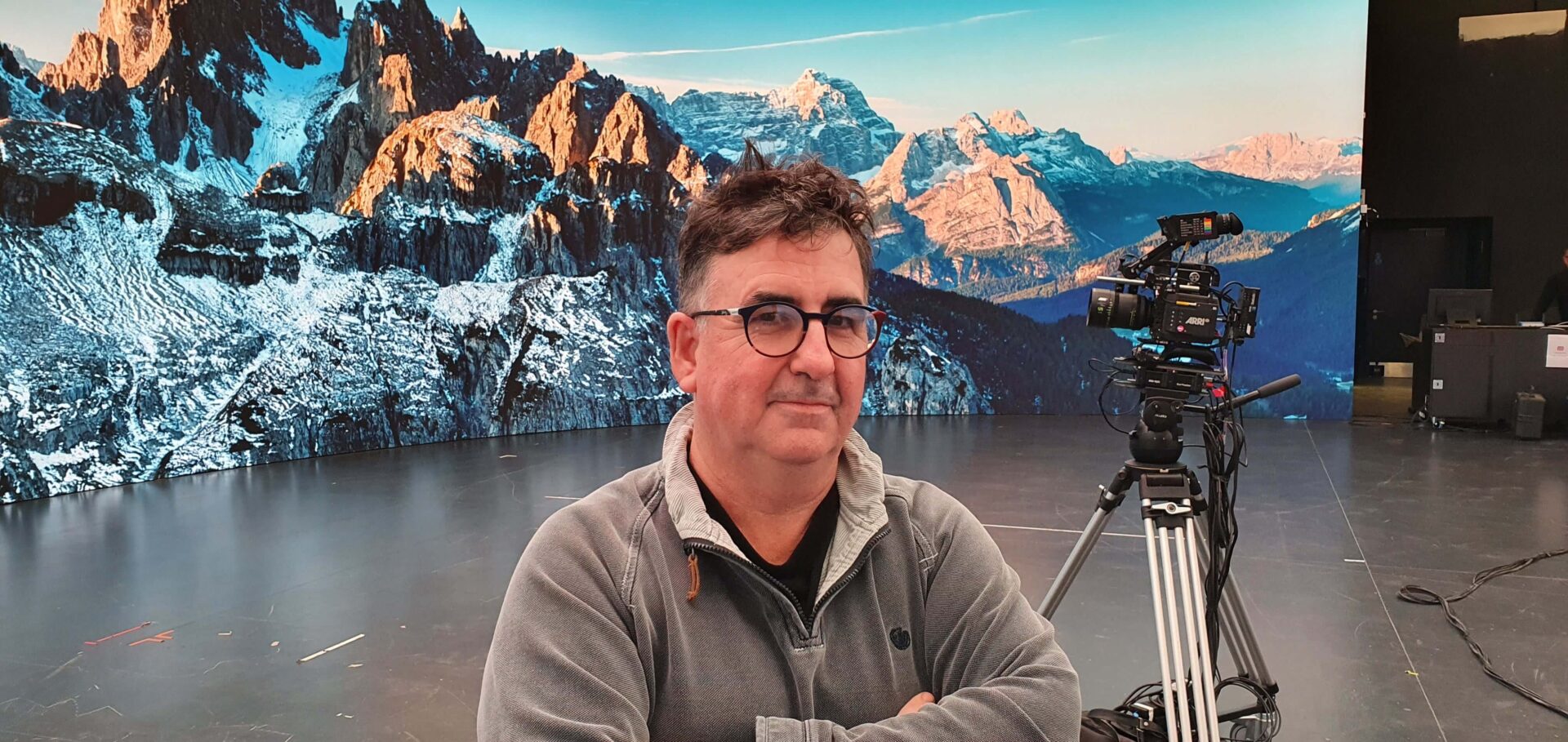Virtual production is currently a buzzword that most, if not all, are aware of. Movies like Dune, Midnight Sky & The Mandalorian, have all featured the technique with great success. Anyone who has recently been to Cannes Lions, would have seen: Epic, Unity, and Pixmondo, all touting their wares.
Now, advertising agencies like Hogarth and WPP are heavily committed to VP, largely because of the green and sustainability credentials. With brands like Unilever and McDonalds already shooting VP. I think it’s worth taking a look at exactly what this new technology means for the Food commercial and Tabletop industry.
I have been lucky enough to be involved in setting up 3 permanent LED stages in Europe and Africa. Have shot over 60 days in ‘The Volume’- the name given to LED studios that are popping up around the world. With that, I have a reasonable insight into what they can achieve and equally essential, what they cannot achieve.
Firstly, virtual production is somewhat of a misnomer. To all intents and purposes, as commercial makers, we are involved in mixed reality production, rather than virtual production. We are generally taking a conventional foreground scene with talents and props and integrating it with a 3D or 2 Plate background. Combining the skills of traditional film makers, with those of video game designers; display and event technology, to provide real time VFX.
The key to the success of Mixed reality production is integration. Integrating: your favourite cameras with your favourite lenses and lights; lens profiling, FIZ data and pixel mapping of lighting features; into Unreal Engine. I have been working alongside ARRI who are at the cutting edge of this integration of VP and cinematography. By adopting this integrated approach we end up using the tools we are comfortable with; albeit in an unfamiliar environment. Working in f-stops, not percentages; with foot-candles and not NITs. Being able to replicate your favourite lighting fixtures and filtration within a 3D environment. Accurate tracking data and some fairly hefty processing power- help, too!

image courtesy of the Author
So let’s just take a look at a few of the advantages of VP in an advertising environment. One thing clients love is that they own the location. Once a virtual location has been built in 3D: whether it’s a supermarket, a restaurant, an industrial kitchen, or a family home; it is owned by the client or on occasions, the agency. They have that asset available to them in perpetuity – no more location fees, no more long traveling, no more issues with IP. It is theirs to shoot in- wherever a LED studio exists. This is particularly useful when a campaign returns to the same location many times throughout the year. When you’ve got a real location that is only available one day a week, or only available to shoot out of store hours: this can be lidar scanned, photogrammetry captured and built in CG. You can shoot in it day after day, from then on. Famous Restaurants, Markets, Airports; all those nightmare locations become tamed.
Secondly, how about a magic hour picnic or BBQ that lasts 12 hours? You position your sun: its height, its intensity and its colour; and it sits there in perfect position for take after take. How many times have we been chasing the light or having to compromise our shots as the sun disappears over the horizon – this really is game changing!
Directors and cinematographers love this technology because of the increased creativity that it brings, and producers love it because of the control it gives them over the shooting day. After all, time is money.
When I was first introduced to this subject, I made the mistake of thinking that these LED walls were just a glorified green screen; sure, they can do everything a green screen can do – and better, but it offers far more than that.
